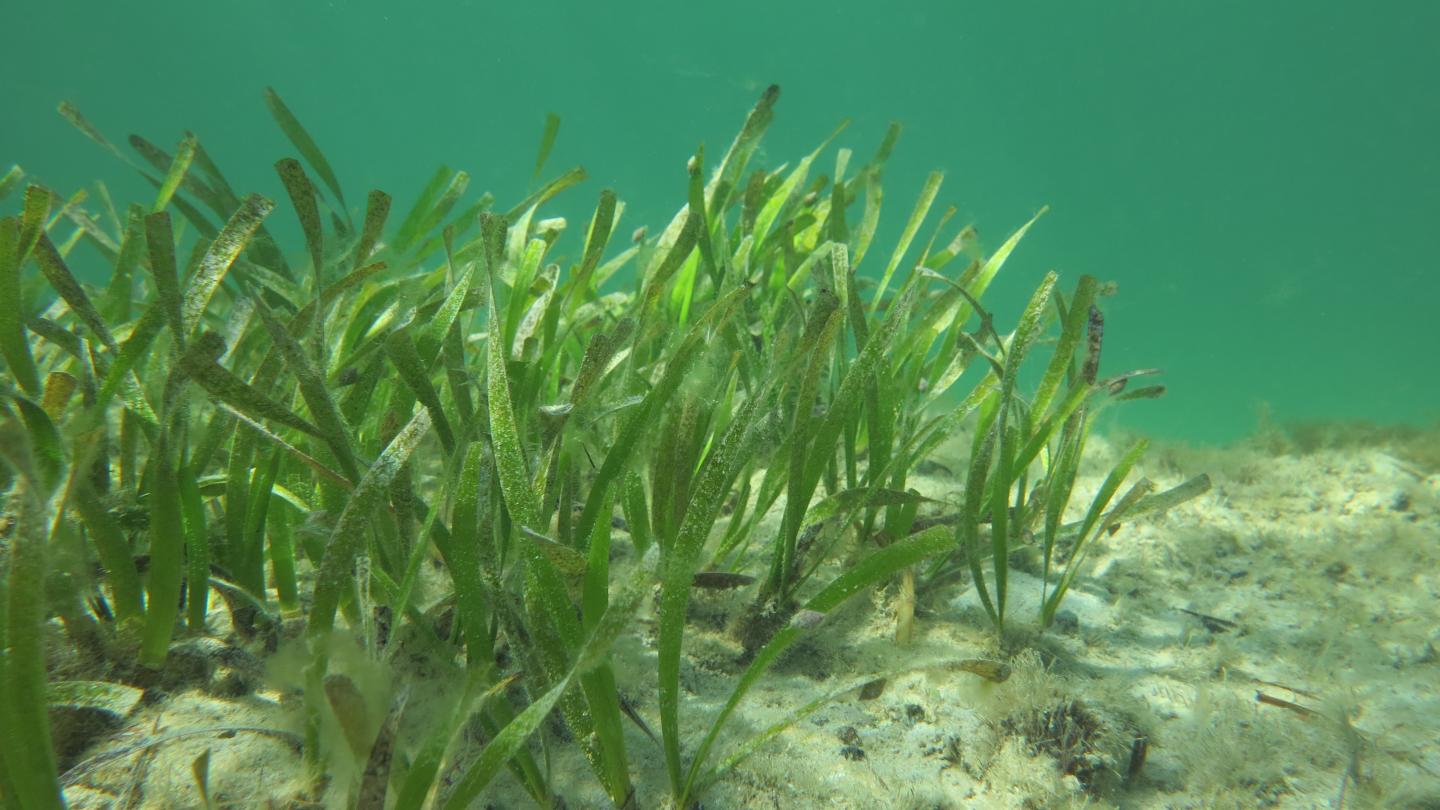An increase in carbon dioxide emissions equivalent to 5 million cars a year has been caused by the loss of seagrass meadows around the Australian coastline since the 1950s.

Credit: Centre for Marine Ecosystems Research at Edith Cowan University
An increase in carbon dioxide emissions equivalent to 5 million cars a year has been caused by the loss of seagrass meadows around the Australian coastline since the 1950s.
The stark finding was made possible by new modelling done by marine scientists at the Centre for Marine Ecosystems Research at Edith Cowan University (ECU) in Western Australia.
PhD student Cristian Salinas calculated that around 161,150 hectares of seagrass have been lost from Australian coasts since the 1950s, resulting in a 2 per cent increase in annual carbon dioxide emissions from land-use change.
The figures derive from Mr Salinas’s research into the current carbon stocks of Cockburn Sound off the coast of Western Australia.
Cockburn Sound lost around 23 sqkm of seagrass between the 1960s and 1990s due to nutrient overflow caused by urban, port and industrial development.
Mr Salinas said the finding is significant because seagrass meadows play such a vital role in mitigating the impacts of climate change.
“Known as ‘Blue Carbon’, seagrass meadows have been estimated to store CO2 in their soils about 30 times faster than most terrestrial forests,” he said.
“Seagrass meadows have been under constant threat in Australia through coastal development and nutrient run off since the 1960s. On top of that climate change is causing marine heatwaves that are catastrophic to the seagrasses.
“This study serves as a stark reminder of how important these environments are.”
Mr Salinas said the study provided a clear baseline for carbon emissions from seagrass losses in Australia and warned of the need to preserve and restore the meadows. The inclusion of seagrass into the Australian Emission Reduction Fund could contribute to achieve this goal, he said.
Carbon flushed away
The ECU researchers assessed how environmental factors such as water depth, hydrodynamic energy, soil accumulation rates and soil grain size related to changes in soil carbon storage following seagrass loss.
Results showed that the degradation and loss of seagrass alone was not enough to cause the carbon loss from the soil — hydrodynamic energy from waves, tides and currents also played a significant role.
“Without seagrass acting as a buffer, the hydrodynamic energy from the ocean releases the carbon by moving the seabed sand around,” Mr Salinas Zapata said.
Researchers found hydrodynamic energy from water movement was much higher in the shallow water and associated low levels of carbon were recorded in these bare areas.
However, seagrass meadows established in shallow waters were found to have significantly more carbon stored compared to those growing in deeper areas.
“This means that nearshore meadows are particularly important to preserve,” Mr Salinas said.
###
Media Contact
Pepita Smyth
[email protected]
Related Journal Article
http://dx.





